Some flowers give you beauty without a fuss, a little sun, a little water, and they’re off blooming. But others? They’ll test your patience, challenge your skills, and demand careful attention to detail.
These are the prima donnas of the garden world. Still, if you’re ready to take on the challenge, the reward is like no other: bold colors, heady scents, and a deep sense of pride.
So if you’re up for it, here are five of the most difficult flowers to grow and why they might just be worth it.
#1. Bearded Iris
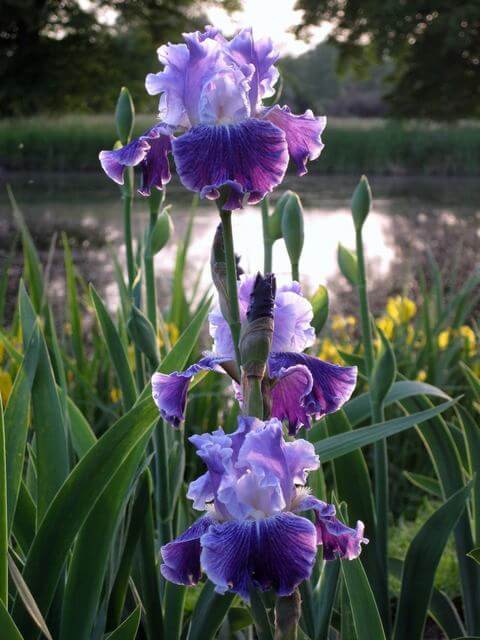
Image source: Garden
Bearded Irises aren’t too picky at first, but long-term beauty takes effort. They need full sun to bloom well and fight off disease. Too much shade, and the flowers fade fast and weaken the plant.
Give them well-drained, humus-rich soil and avoid crowding the rhizomes. Divide clumps every few years to keep them thriving.
#2. Delphinium
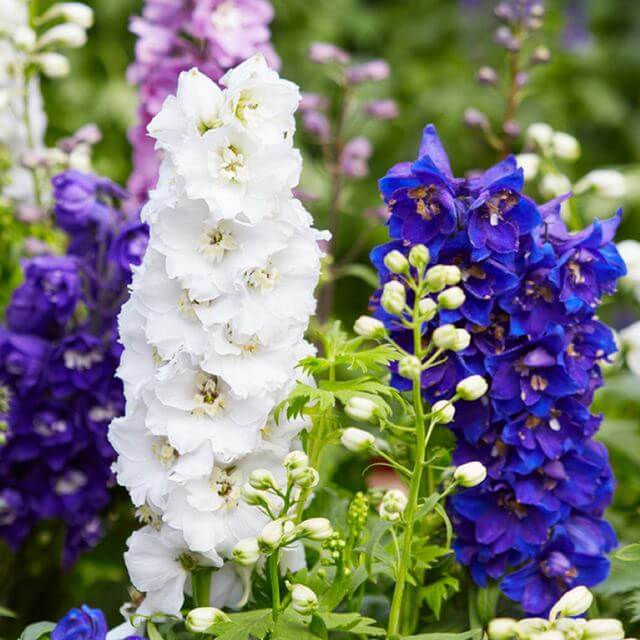
Image source: Ferrymorse
These tall, stately blooms are dramatic but only if you treat them right. Delphiniums prefer cool, moist air and hate dry, sweltering heat. Afternoon shade can help in warmer zones.
Support the stems early to prevent breakage. Fertilize regularly and keep them well-watered without soaking the roots.
#3. Dahlia
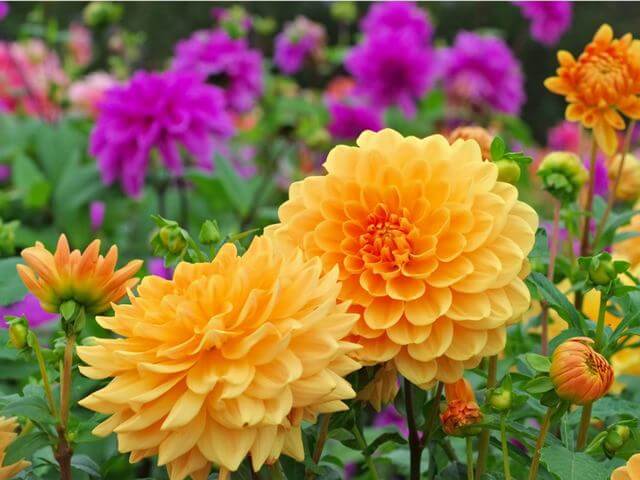
Image source: Gardening Know How
Dahlias bring spectacular color, but they ask a lot in return. They’re only perennial in warm zones, so colder climates need to lift the tubers each fall.
Store them somewhere dry and replant in spring. Choose a sunny spot with rich, well-draining soil. Pinch back early growth for bushier plants and more blooms.
#4. Hybrid Tea Rose
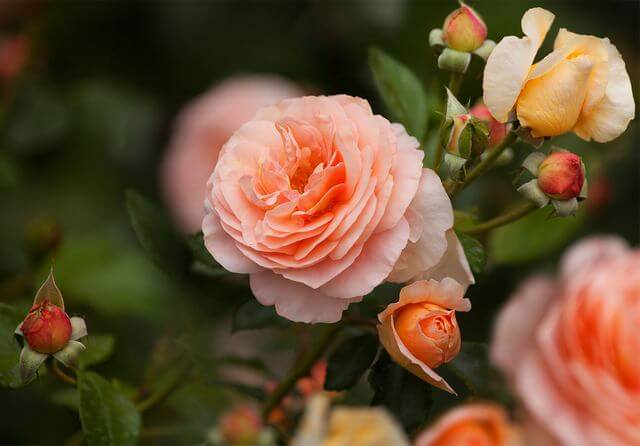
Image source: Britannica
These classic roses are the ultimate garden divas. They need regular pruning, consistent feeding, and constant vigilance for pests and disease. Without care, they sulk and wither.
Choose disease-resistant varieties if you’re just starting out. Water at the base, not the leaves, and mulch to hold in moisture.
#5. Gardenia
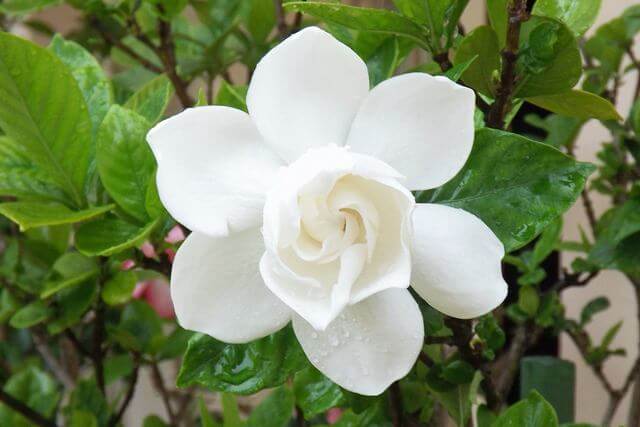
Image source: Almanac
Gardenias look and smell like perfection, but they’re famously temperamental. They crave warmth, humidity, and slightly acidic soil. Miss a beat, and you’ll see yellowing leaves or bud drop.
Keep them evenly moist, but never soggy. A steady routine and a sheltered spot make all the difference.
